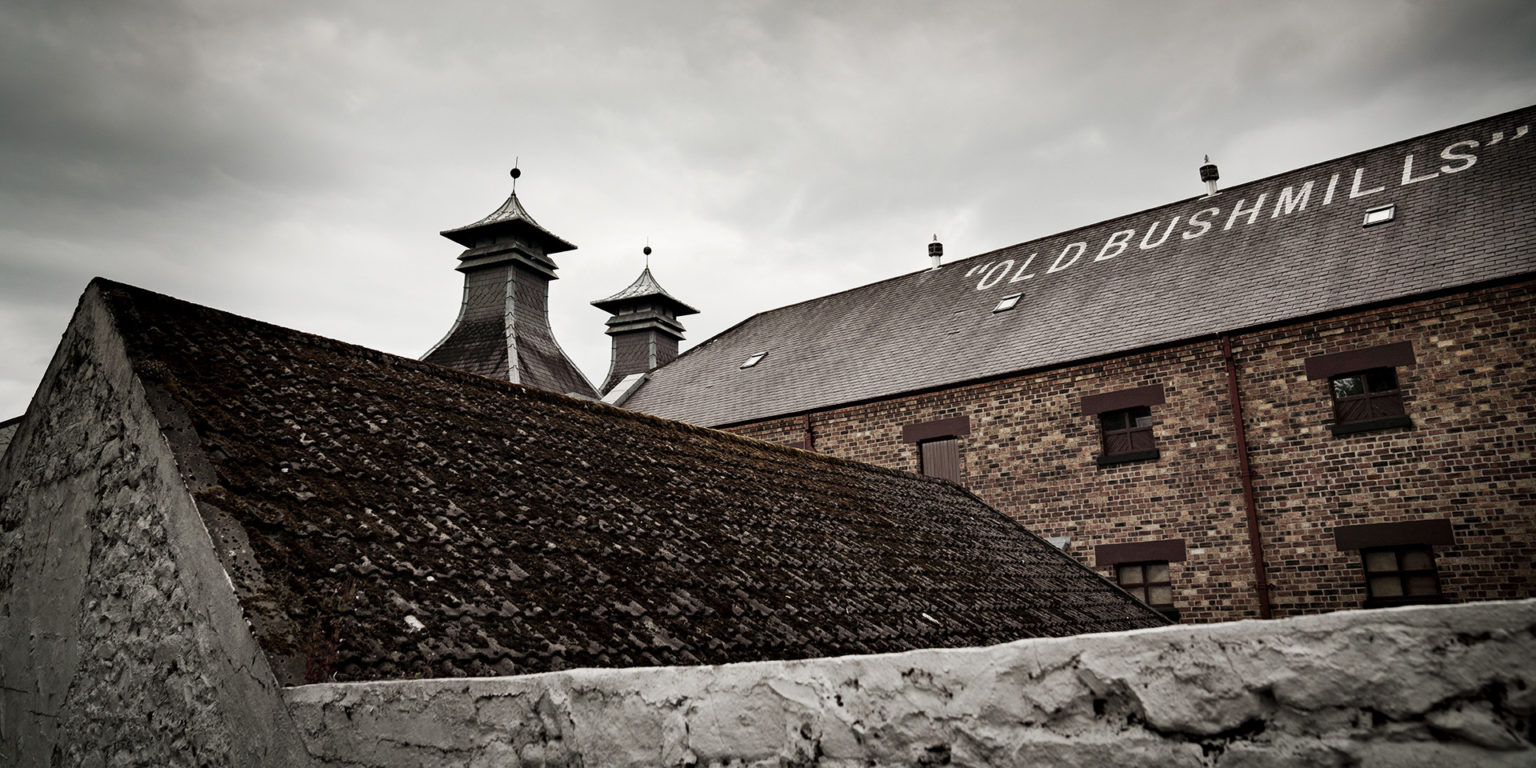CHEERS | spirits

Spirited performance
Mathematicians are fond of stating that numbers don’t lie. The Irish Spirits Market Report for 2022 shows the irrefutable proof – in the form of millions of cases sold – that Irish whiskey is booming!

Anyone wanting to get to grips with a particular subject will try and crunch numbers, analyse the data and examine the strategic moves. Data drives insight and understanding. So how’s this for the numbers telling a tale: In the 1980s Irish whiskey as a category was languishing in the doldrums. The country which boasted a history of distilling whiskey for hundreds of years, which in the mid-1800s had 88 registered distilleries, had just two which were operational: Bushmills and Midleton. (The Irish even make a compelling case for being the originators of the Water of Life, claiming to have taught the canny Scots how to distill whiskey way back before records were even kept.)
In 2010, when the global thirst for this particular spirit was taking off, Ireland sold 4.74 million cases of their whiskey. By 2022 this figure rose to 9.94 million cases, according to a report in Just Drinks magazine. Official figures from the recently published Irish Spirits Market Report for 2022 shows that sales jumped even more dramatically in the past year with whiskey exports rising to 15.2 million cases!
One interesting snippet gleaned from the report is how important the South African market is becoming to Irish producers. The report states: “The United States continued to be the key export destination for the category. The United Kingdom is the next biggest market globally for Irish whiskey. Two markets that have seen significant growth are Poland and South Africa. In 2022, Poland grew by over 24% vs 2021 to become Irish whiskey’s fourth biggest market, overtaking Germany. South Africa grew by over 31% in volume to move up one place to sixth.”

Irish spirits (whiskey, gin and others) are at an all time high and the most important of them is whiskey. But what happened? Experts point to the reluctance of Irish distillers to adopt continuous distillation methods – a technique ironically pioneered by one their own countryman! Former excise inspector Aeneas Coffey developed the Coffey still, or column still, and patented his invention in 1830. This allowed producers to make larger volumes of spirit – but while the Scottish whisky industry quickly saw the merits of being able to increase the litres of spirit distilled, the Irish persisted with individual pot still distillations – and soon lost market share.
Another major factor that played into the Irish decline was Irish independence from Britain in 1922. It cut them off from many important colonial markets. That, allied with the advent of Prohibition in the important American market which lasted from 1920 to 1933, nearly sounded the death knell for the industry. The Scots were only too happy to leverage the relationship with Canada, also a British colony, to enable back door sales of whisky to the United States. By the time the ban was lifted Ireland had dropped too far behind in the important North American market and basically never recovered – until now!
It was in the 1980s that French liquor giant Pernod bought out Irish Distillers and kickstarted the resurgence of interest in Irish whiskey. Pernod began aggressively marketing and promoting Jameson. The smooth, triple distilled whiskey is what reignited the interest in the category.

Around the same time, an Irish academic, John Teeling, started the Cooley distillery by converting an old alcohol plant. Between 1987 when he started and 2011, Cooley’s was recognised for making excellent quality whiskey – and was sold to American spirits company Beam Inc for $95 million. (Beam later merged with Japan’s Suntory to become Beam Suntory, one of the largest spirits companies in the world.)
While consumers easily recognise Irish whiskey brands such as Jameson, Bushmills, Tullamore D.E.W., McConnell and Teeling, it’s in the craft whiskey distillation that much of the growth can be found. Quoted in an article in Just Drinks, William Lavelle, the director of the Irish Whiskey Association, said the boom was driven by small craft distilleries as well as big investment by multinational distillers such as Brown-Forman and Diageo.
“Like any industry, it has required investment, vision and ambition,” he said. “But ultimately it requires people. What we’ve seen in the last 10 years is another wave of people betting on Irish whiskey. We’ve had a pioneering wave of Irish entrepreneurs bringing distilling back to the towns and villages that we call home.”
The number of distilleries in Ireland now stands at more than 40, with many of them being smaller operations but they’re producing excellent whiskies which the world can’t get enough of. Many Americans are nostalgic about their Irish immigrant roots and that, together with the excellent palatability of whiskey from the Emerald Isle, makes for a compelling sales proposition.
Along with the untapped potential of Africa, and not just South Africa – Nigeria and Kenya are showing good growth in sales, it’s no wonder why Irish eyes are smiling.